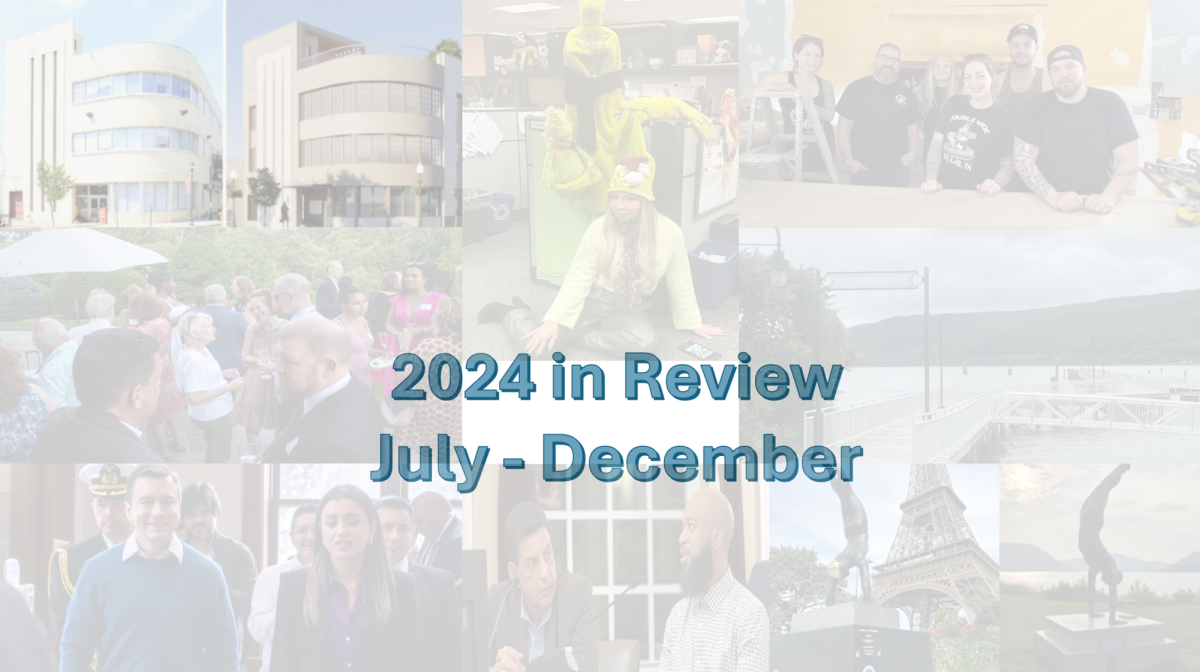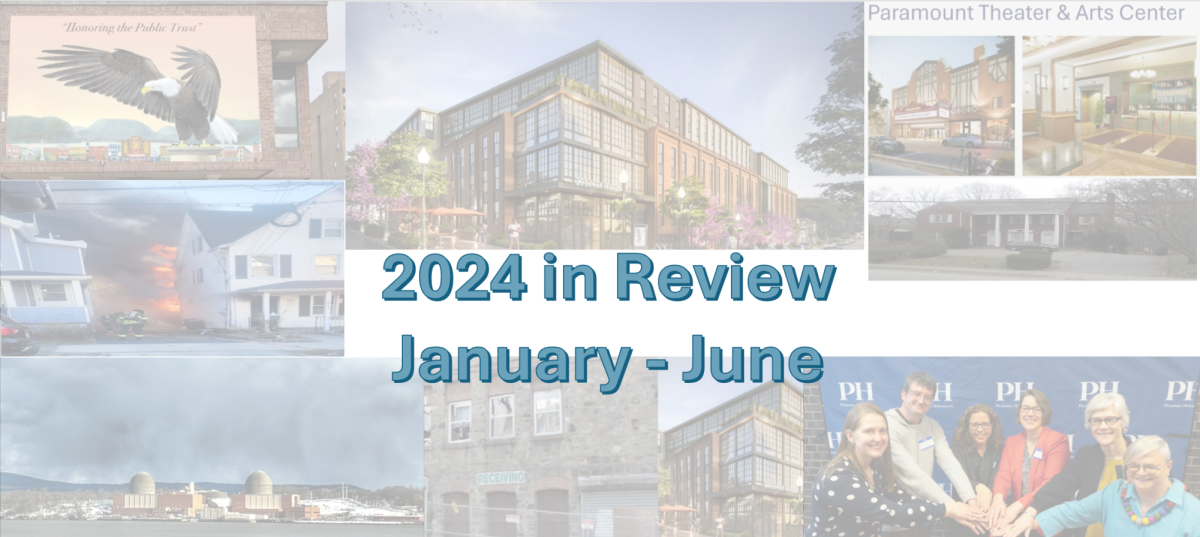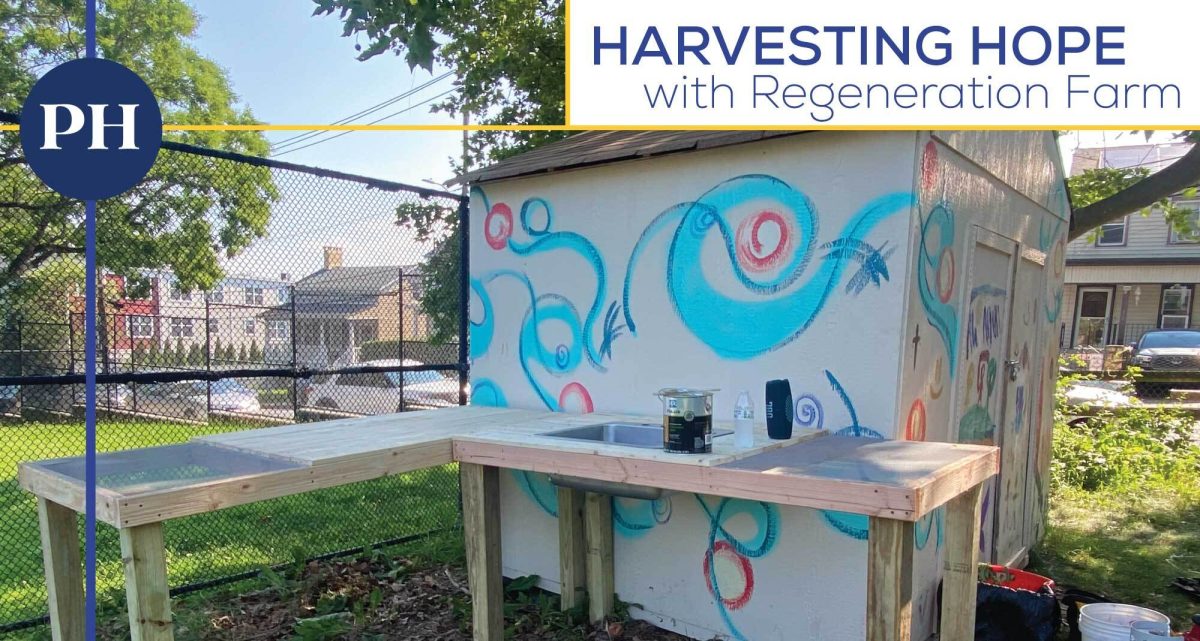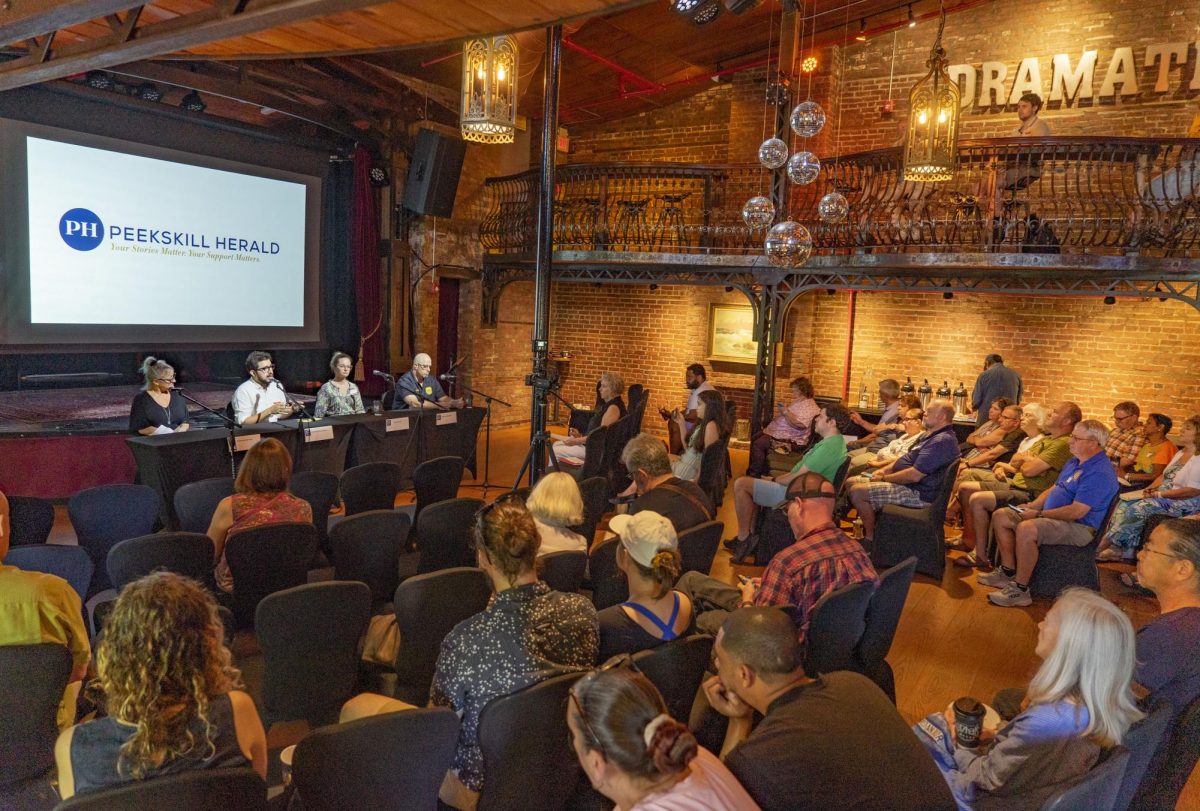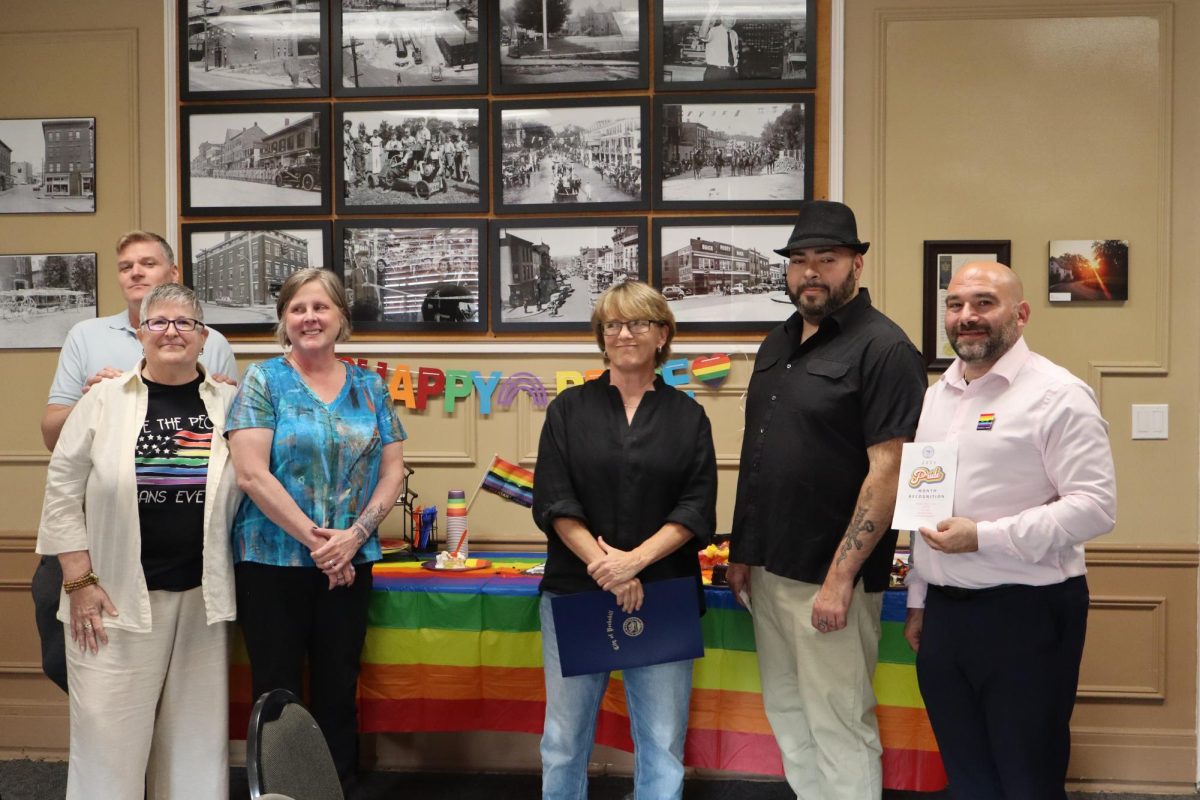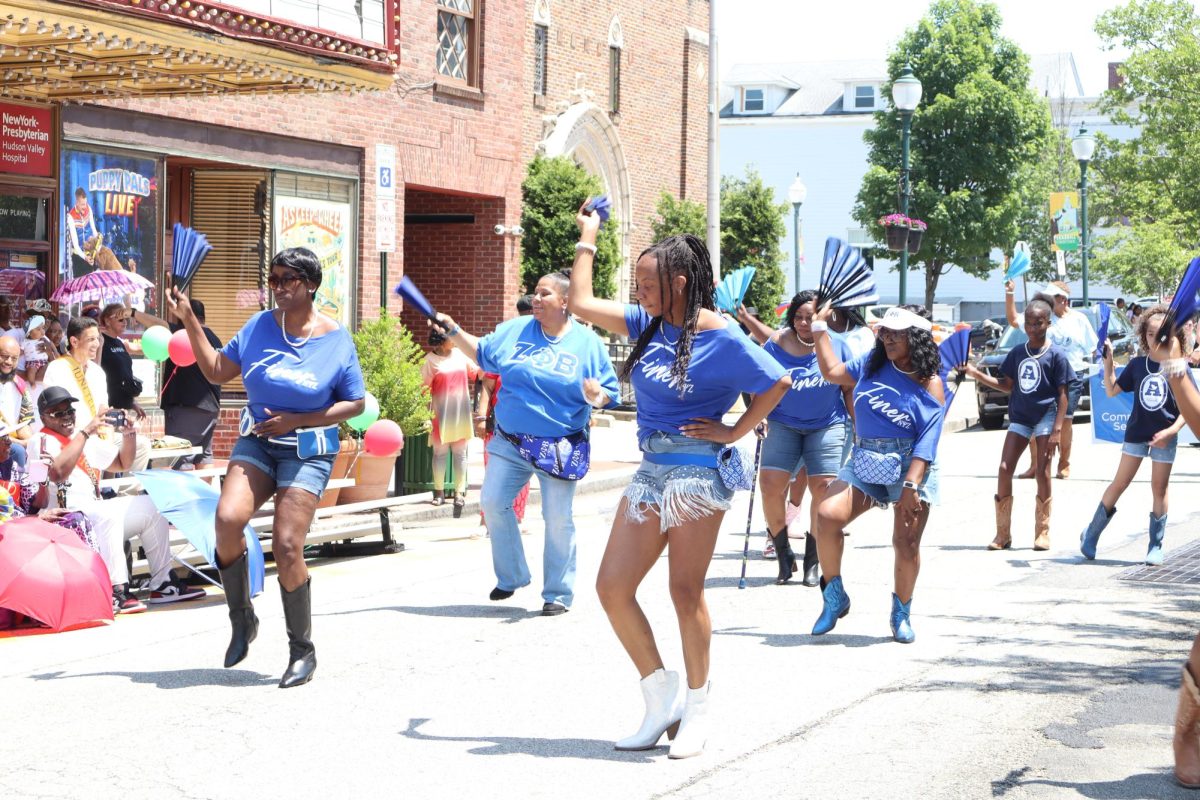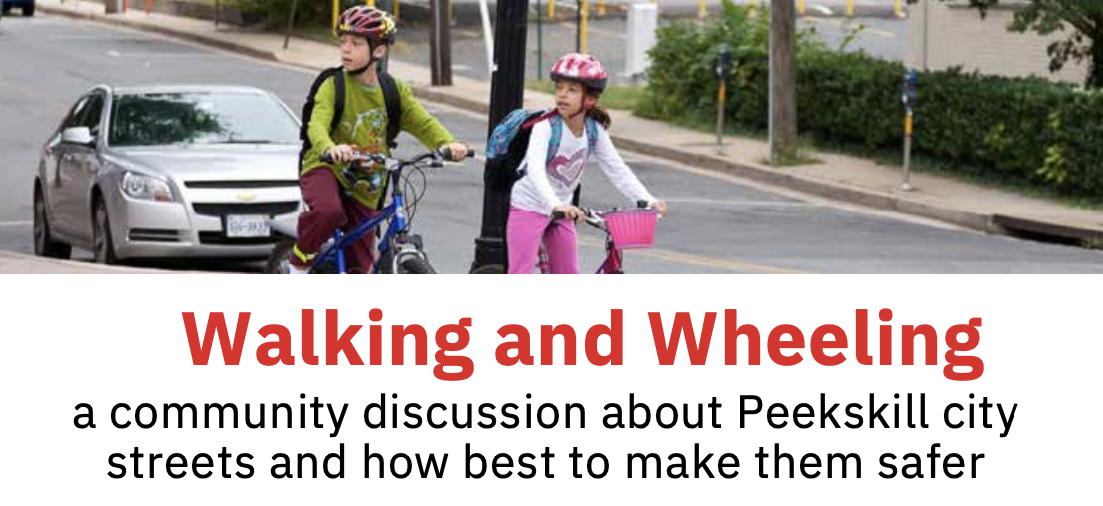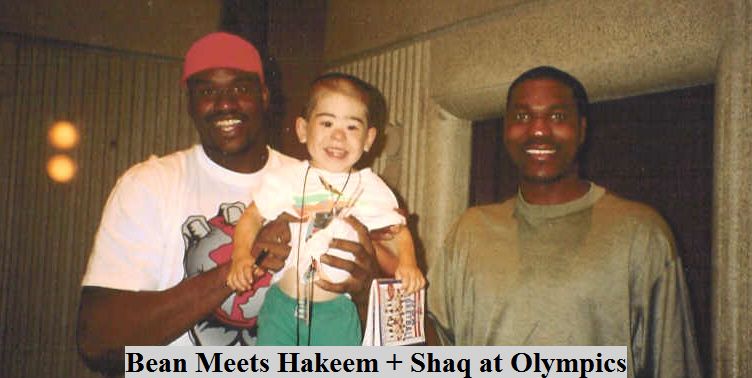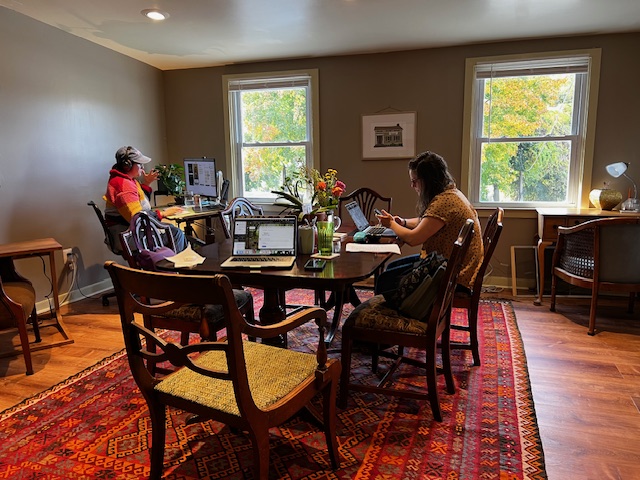Editor’s Note: Lyn Slater is joining the Peekskill Herald this week with a monthly column. Slater was featured in this profile by Jeannette Sanderson in the Herald in 2021. In that piece, she discussed her desire to find ways to be of service to her community. This column is one of the ways she’s doing just that. We look forward to reading about the many ways to be bold in Peekskill.
When I moved to Peekskill and bought my first home, I was 67 years old. Like many older Americans, I wanted to find a town or city that would allow me to age in place. Aging in place means that older adults can stay in their home and be a relevant, engaged participant in their community for as long as they can.
There are two aspects to aging in place: how the person adapts to where they live based on what they are capable of, and how the place they live adapts to them. While I knew Peekskill was already “the friendliest city”, I had to dig in and find out if it could be “the age friendliest city” too.
AARP (The American Association of Retired Persons) provides a handy tool for those older persons researching a move, The Livability Index. It looks at the intersection of several measures, like housing, safety, and transportation, that impact how one can live a healthy older life in a particular place.
Peekskill gets an overall rating of 56 that puts it in the top half of communities in the US that support healthy aging and aging in place. Like many other places, Peekskill already has many aspects to love about it, and the Livability Index reflects this as well. On many of the individual measures, like neighborhood, security and healthcare, it ranks in the top third. Items like traffic congestion and speed limits lower the overall score.
According to AARP, the average age most people stop driving is 75. Part of planning for aging in place is to be realistic about what may happen to your body and mind in the future and how you will meet the challenge. When renovating the house, we bought here in Peekskill, being realistic meant giving up my dream of a claw-foot bathtub in favor of a walk-in shower. It also means considering what we might have to do when we can no longer drive.

Older adults who no longer drive are more likely to take alternative modes of transportation like walking and transit if it is safe and easy to do so. Our access to Metro North and regularly scheduled bus lines makes taking other means of transport accessible. Walkability is where we may need to increase our investment. While still in the top half of communities when it comes to walkability, there is still more work for us to do. The most common definition of walkability is the walking/ pedestrian friendliness of a given place.
Why Peekskill Should Invest in Walkability as An Age Friendly City
A big attraction for me when researching Peekskill as a place to live is that it is a city that is diverse across race, ethnicity, education and income. Coming from NYC, I know that diversity makes for more vibrant communities. It is also a city whose population is on the older side. According to the 2022 Census, 41.2 is the median age and over half the population is 40+. In my age category, 29% of the population is 60-80+. This means Peekskill will face an enormous increase in its aging population over the next 10-20 years.
One of the greatest inclusive and democratic investments that Peekskill can make in order to ensure the health and well-being of its older, growing older and, yes, younger residents too, now and in the future is to improve its walkability. This is because walking is accessible, economically friendly, democratic, can be sustained over time, and supports a clean environment. It’s free and requires no special training or equipment.
For people of all ages, but especially for older persons, it’s one of the healthiest forms of exercise and transportation. The CDC recommends walking at least 150 minutes a week for adults over 65. Many studies have shown that for older adults, walking reduces blood sugar, is heart healthy, promotes stronger muscles and joints that prevent injury, improves balance and coordination preventing falls, slows cognitive decline, improves mood, reduces pain, increases levels of social interaction and improves immune system health.
What Do We Know About What Makes Older Persons (Or Anyone) Want to Walk?
The number one priority when it comes to walkability is traffic, street and sidewalk safety. Recently there has been a good deal of attention to this issue due to the increase of aggressive and reckless driving, not just occurring here in Peekskill but nationally as well. It is an especially important issue to address in diverse communities, because AARP maintains walkability and traffic safety is also a social justice issue, “Older adults, along with people of color and residents in low-income communities are disproportionately the victims of fatal motor vehicle crashes involving pedestrians.”
When there are pedestrian crossings, places to walk to that are lively and sociable like parks and social gathering places, community resources like grocery stores and health clinics, mobility lanes that accommodate devices like bikes, electric mobility chairs and scooters and sidewalks on both sides of the street, the more likely that older residents will want to walk. Examples of lively and engaging social gathering places are Esther Place and N. Division Street and the Farmer’s Market in the summer.
A Neighborhood Approach to Walkability
We are fortunate to have the community-based and resident-led initiative Peekskill Walks. It has done an amazing job identifying the key issues that need to be resolved to make Peekskill a safer and more walkable place, particularly in the downtown area.

AARP found in a 2022 survey that, “Neighborhoods are the most common places to walk, with 68% of adults surveyed choosing their neighborhoods” as where they want to walk. Peekskill is a city that contains many different neighborhoods, each with different walkability issues. As an older person, and as a social worker, I have found that sometimes we need to discover issues for ourselves in order to take ownership of them and be motivated to do something about them. The place to begin is right in our own backyard.
When it comes to my immediate neighborhood, I see where there may be a need for some investment. I am one of the many grandparents who find themselves providing childcare for our grandchildren. I care for my young grandson, which involves pushing a stroller and getting him outside. While there are many days I can walk through the beautiful Blue Mountain Preserve, there are days I must go to the store.
Even though there are some uneven sidewalks and curb bumps along the way, walking 1.8 miles each way on Washington Street to shop at CTown in downtown Peekskill makes me feel far safer than I do walking four blocks to the grocery store in the shopping center near my house.

The shopping center could be a real asset to me aging in place; it contains not only a grocery store but a pharmacy, a bank, a hair salon, several restaurants, a laundromat and though maybe not the healthiest eating choice, a McDonalds.
I feel anxious and unsafe walking to the shopping center even now, while I still have my wits and strength about me, because I must first cross a busy thoroughfare, then cross over 2 highways off and on ramps with cars coming from four different directions in front of and behind me.
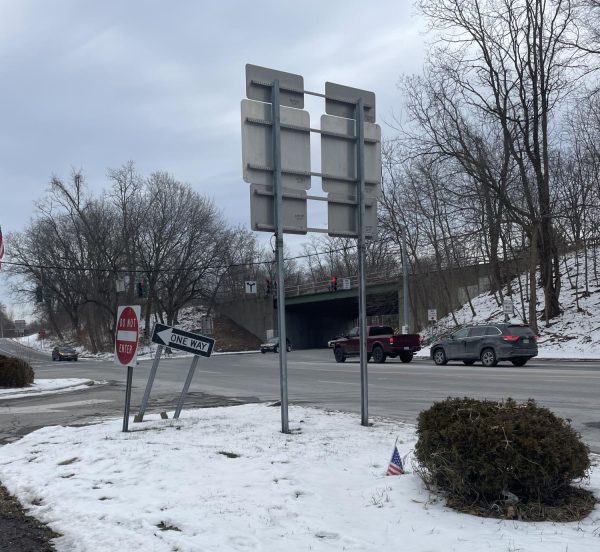
There is a lack of walk signs and no discernible crosswalks. Recently, Peekskill DPW fixed the one walk sign that had not worked for the last three years, I thank them. Making me even more fearful, within the last year a woman who was the sole support of her family was critically injured when hit by a car as she crossed the street while attempting to access the shopping center.
When driving is no longer an option and I might be able to walk only 8 blocks, rather than 4 miles back and forth to town, I worry about whether I can stay in my home and remain independent if something does not change. It’s always easy to complain about problems in your community, but what can you do about them?
How You Can Help: Conduct a Walk Audit of Your Neighborhood
Both the National Highway Traffic Safety Administration and AARP (as part of their livable community’s initiative) offer checklists that allow you to assess the walkability of your neighborhood. According to AARP, “A walk audit can help inform local decision-making by prioritizing areas in need of improvement and educating community members about the importance of street and sidewalk design.” Taking part in a walk audit can help people become better advocates for local change.
Not just for older persons, because walkability is an issue for all ages, the NHSTA version invites you to take a walk with your child and complete the audit together. It can be a really fun, educational and informative way to do some walking and spend time with family.
What I like about this audit is that it includes what you and your child or grandchild can do by yourselves and with others when you identify walkability and safety issues in your neighborhood. I can’t wait to get my 9-year-old granddaughter and some of my neighbors to do it with me!
Because we have an already established advocacy organization like Peekskill Walks, we also have a ready-made platform to bring our concerns and recommendations to. The more data they have, the better they can advocate for us. The Peekskill Herald covers Common Council meetings and provides agendas, so it’s easy to find out when an issue we care about may be on the table so we can attend a meeting.
I encourage residents, new like me, and those who have lived their entire lives here with their historical memory of when Peekskill was the height of walkability, to be part of the ongoing process of making Peekskill not only, “the friendliest city” but the “age friendliest city” too.
For downloadable copies of walkability audits:
https://www.nhtsa.gov/sites/nhtsa.gov/files/walkingchecklist.pdf
https://www.aarp.org/livable-communities/getting-around/aarp-walk-audit-tool-kit.html

Peekskill Herald is a nonprofit news organization that was founded in 2021. We rely on the financial contributions of our readers to support the functioning of our newsroom. We accept any donation here, and are truly grateful for regular monthly contributions that allow us to achieve financial sustainability. We believe that independent news in local communities serves a public good, like a hospital or a library. We don’t have a paywall, so anyone can access our reporting. Please support us.
–



